It might not be the most dangerous country in the world for spiders, but there are certainly a few species that we Americans should try to avoid. To help keep you safe, here are the 17 most dangerous spiders in the country to steer clear of.
Black Widow Spider
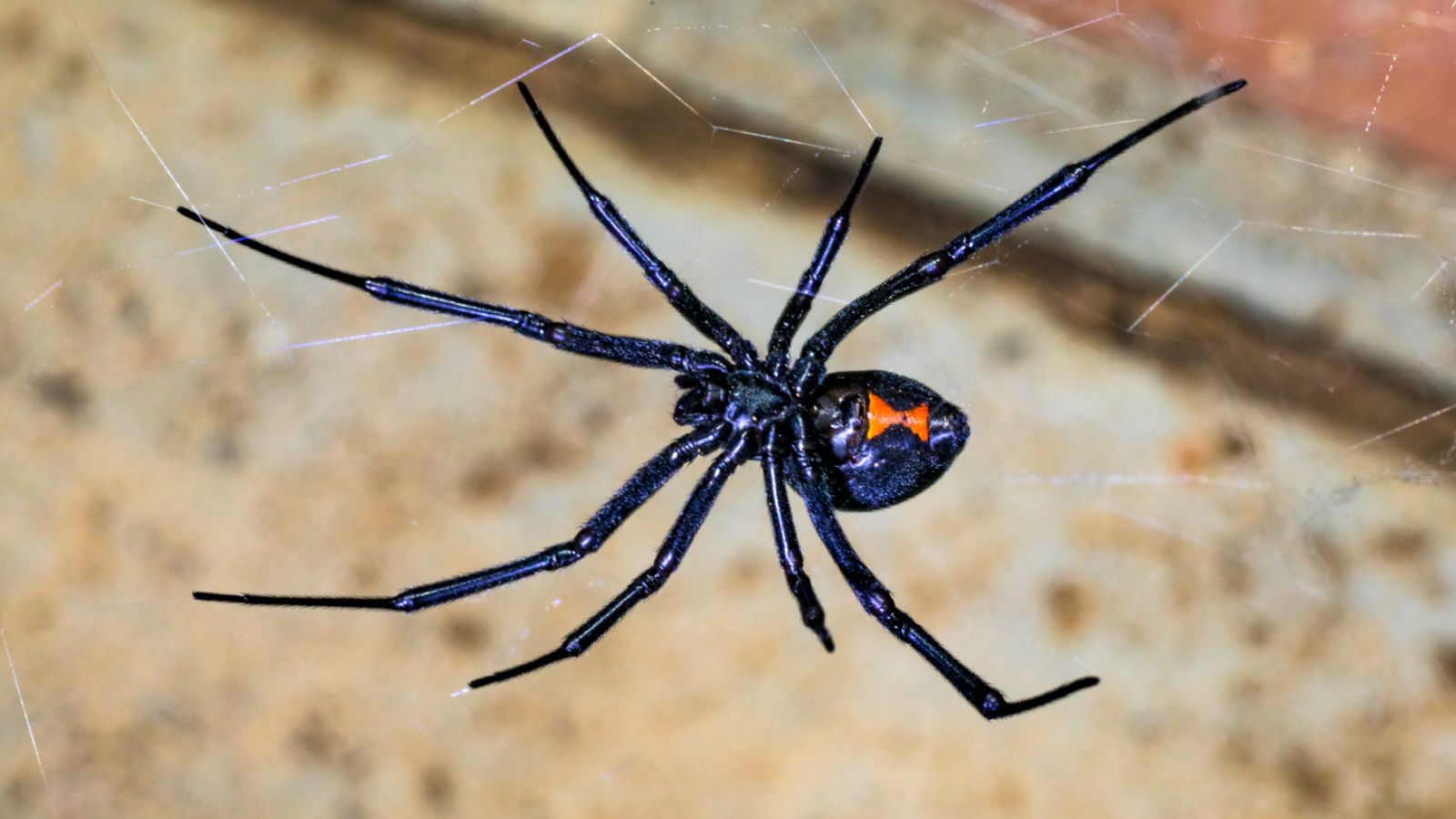
The famous black widow spider is widely considered to be one of the most venomous spiders in the world. A report on these spiders by Healthline shows us that in some cases, a bite from the black widow can cause seizures and even death.
Brown Recluse Spider

The violin-shaped mark on the back of the brown recluse is the easiest way to identify this spider, and it’s also worth noting that they’re typically light or dark brown in color. If you think you’ve seen one, get out of there otherwise, you could get a nasty infection or necrosis of the skin.
Hobo Spider
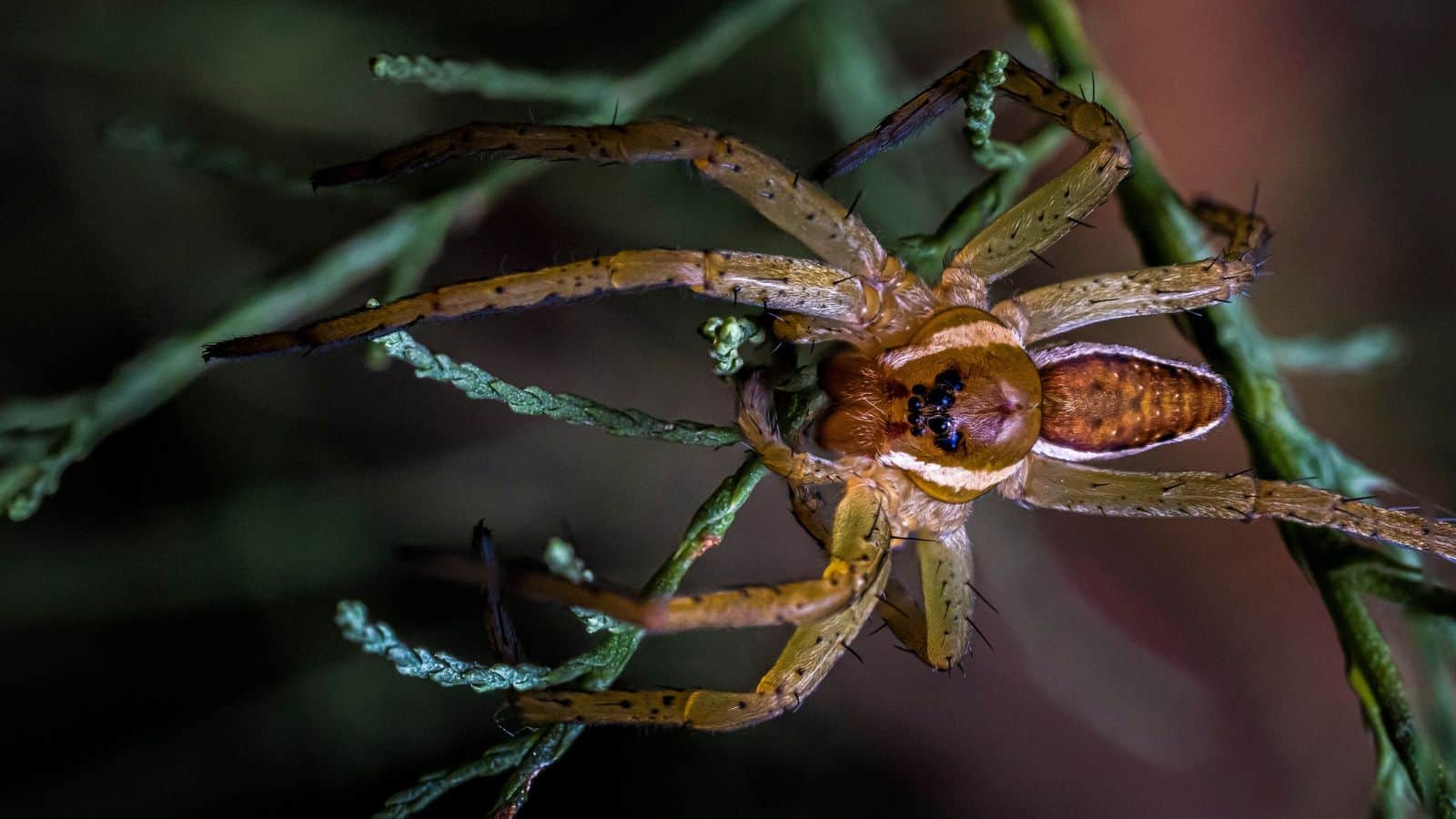
It’s not the kindest name for a spider, and it doesn’t do justice to how dangerous these things are. When it bites, the hobo spider can cause severe headaches, nausea, and lesions. So, make sure to keep an eye out for the herringbone pattern on their abdomen before it’s too late!
Yellow Sac Spider
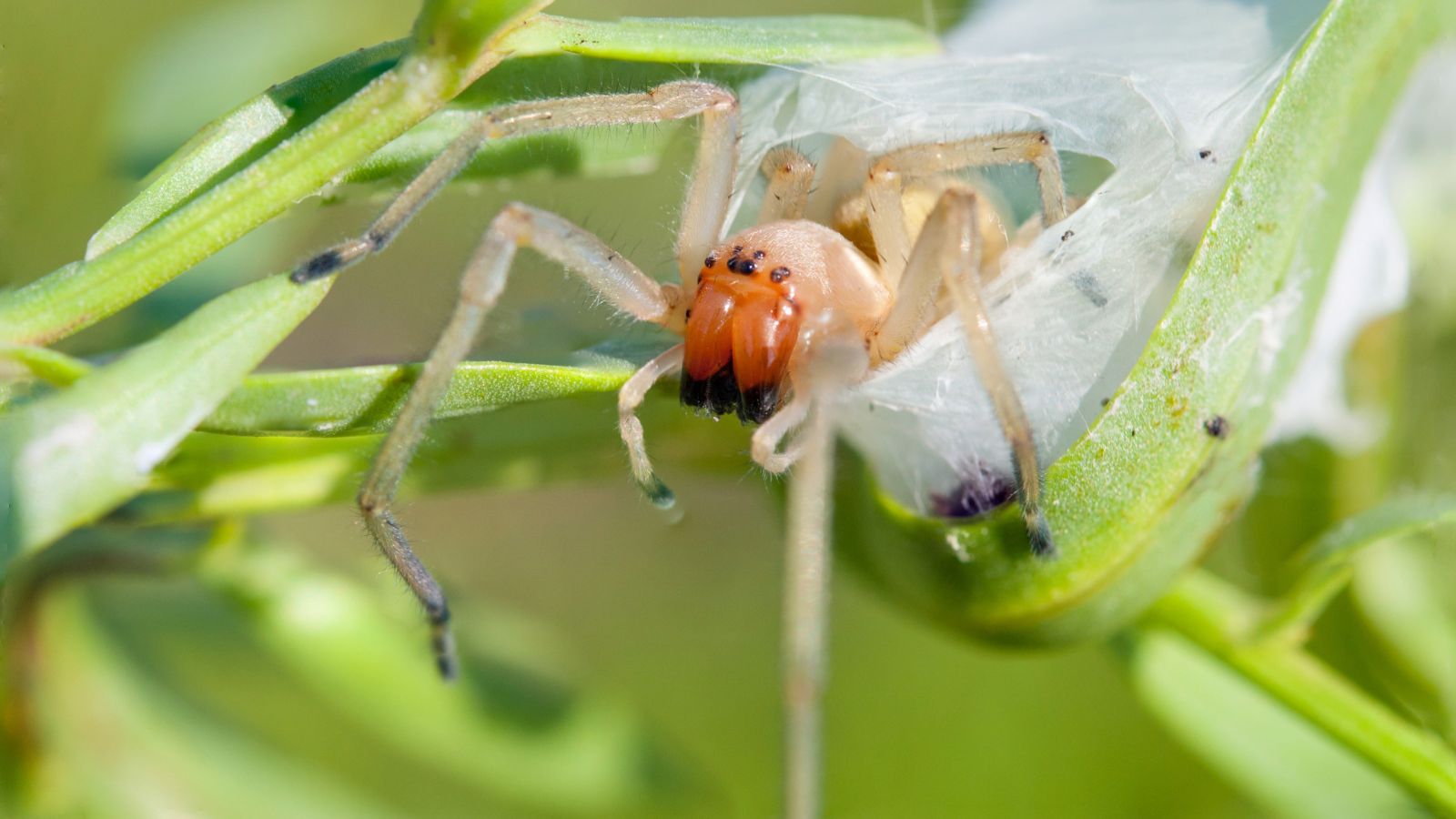
Alarmingly, Michigan State University reports that the yellow sac spider has been known to crawl across human skin and bite for seemingly no apparent reason and is even more likely to do so when it feels provoked. Fortunately, symptoms from the venom are generally quite mild.
Red Widow Spider
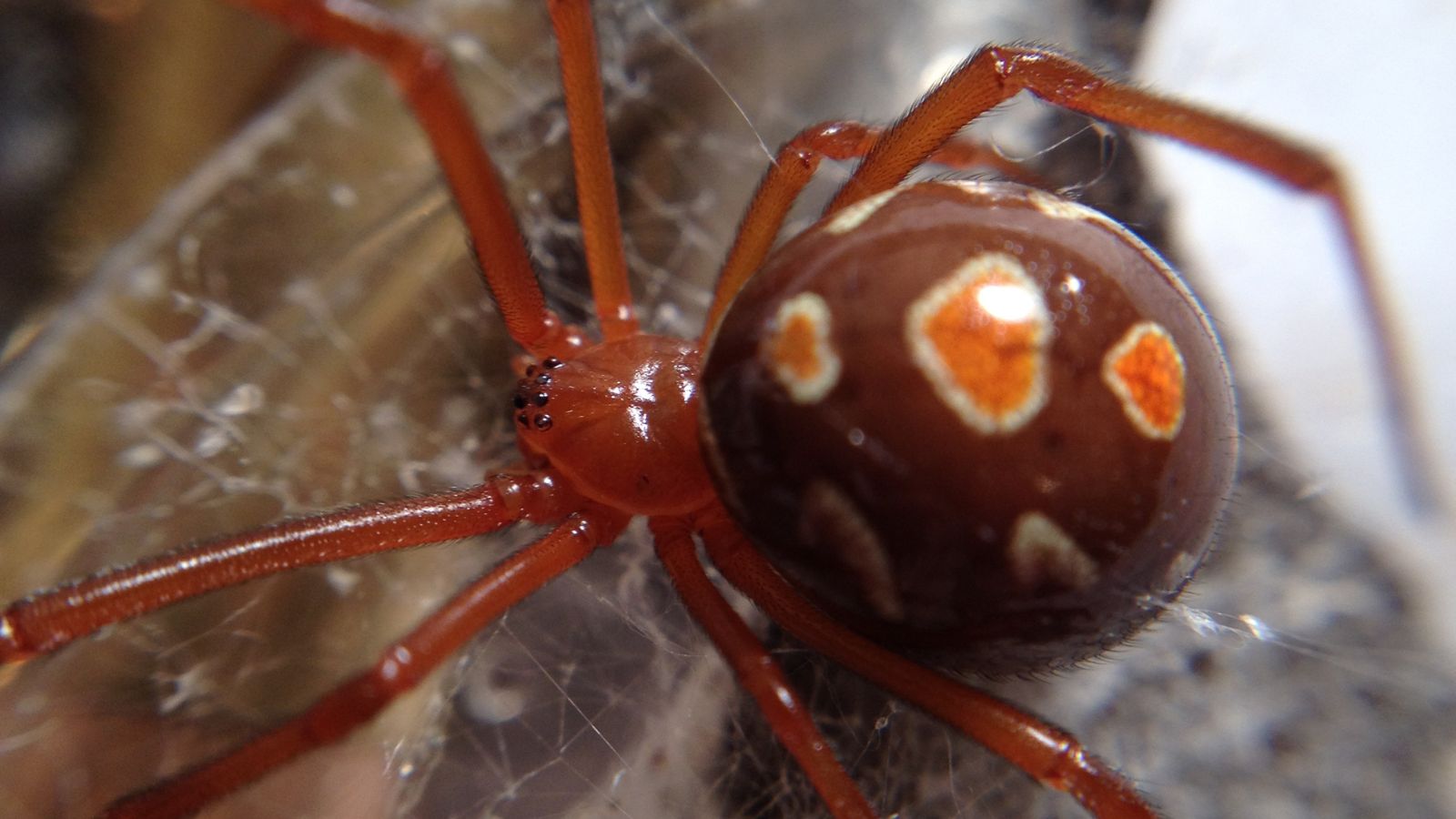
We all know a lot about the black widow here in the U.S., but it’s not the only widow spider that we need to think about. The red widow spider helpfully has a red body, but its abdomen is black, and you’ll also see yellow rings around red spots. Avoid them, as their venom is potent!
Brown Widow Spider
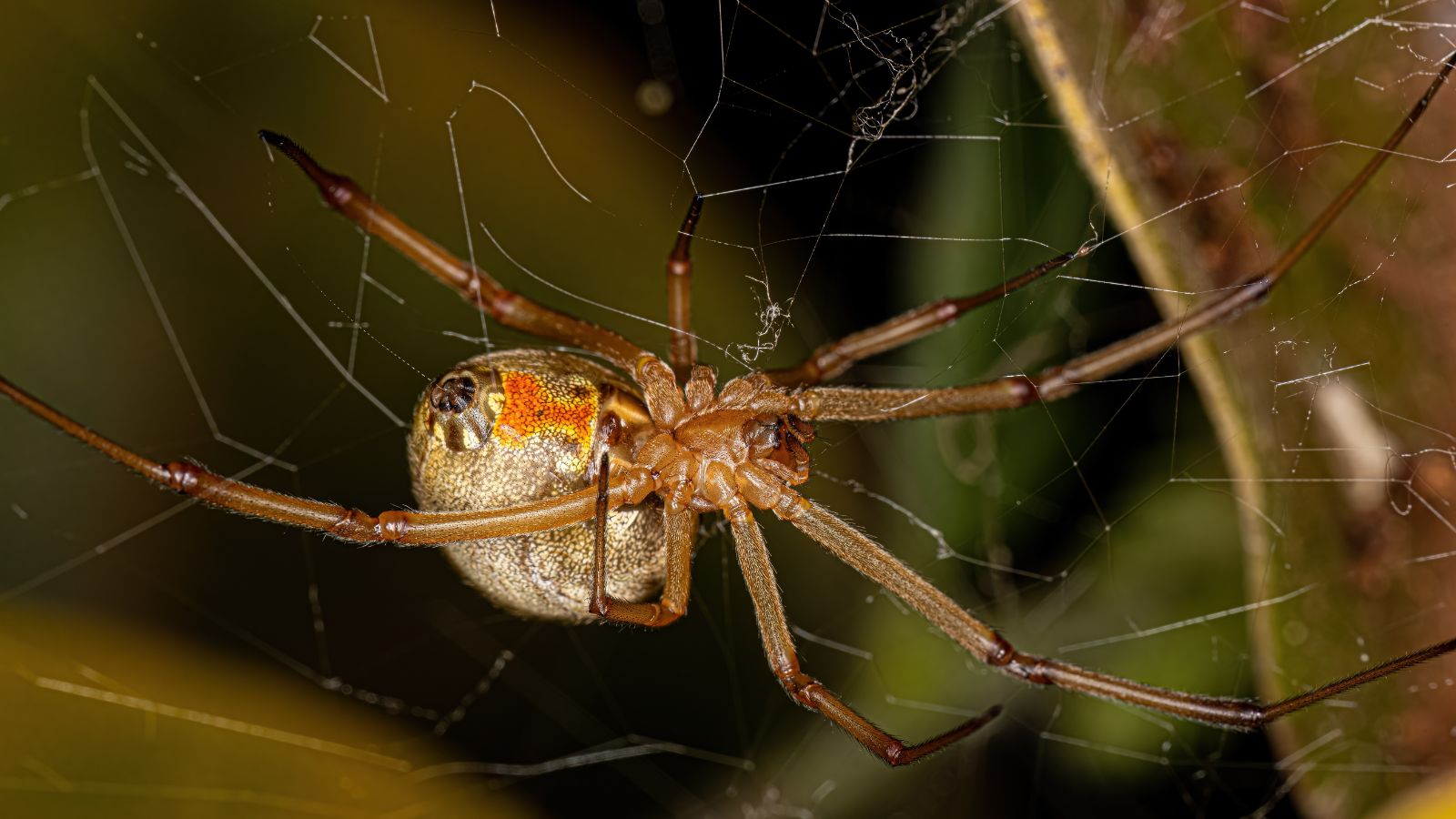
Yet another widow spider here! This particular spider has a tan or brown body with a yellow hourglass marking on the abdomen. It’s not as toxic as the black widow, but you’ll still likely end up with painful muscle cramps if you find yourself bitten.
Wolf Spider

The size of the wolf spider means that a bite from it can be very painful and cause a lot of irritation, especially in younger children. However, Terminix reassures us that these spiders typically aren’t going to cause too much damage to anyone who isn’t allergic.
Desert Recluse
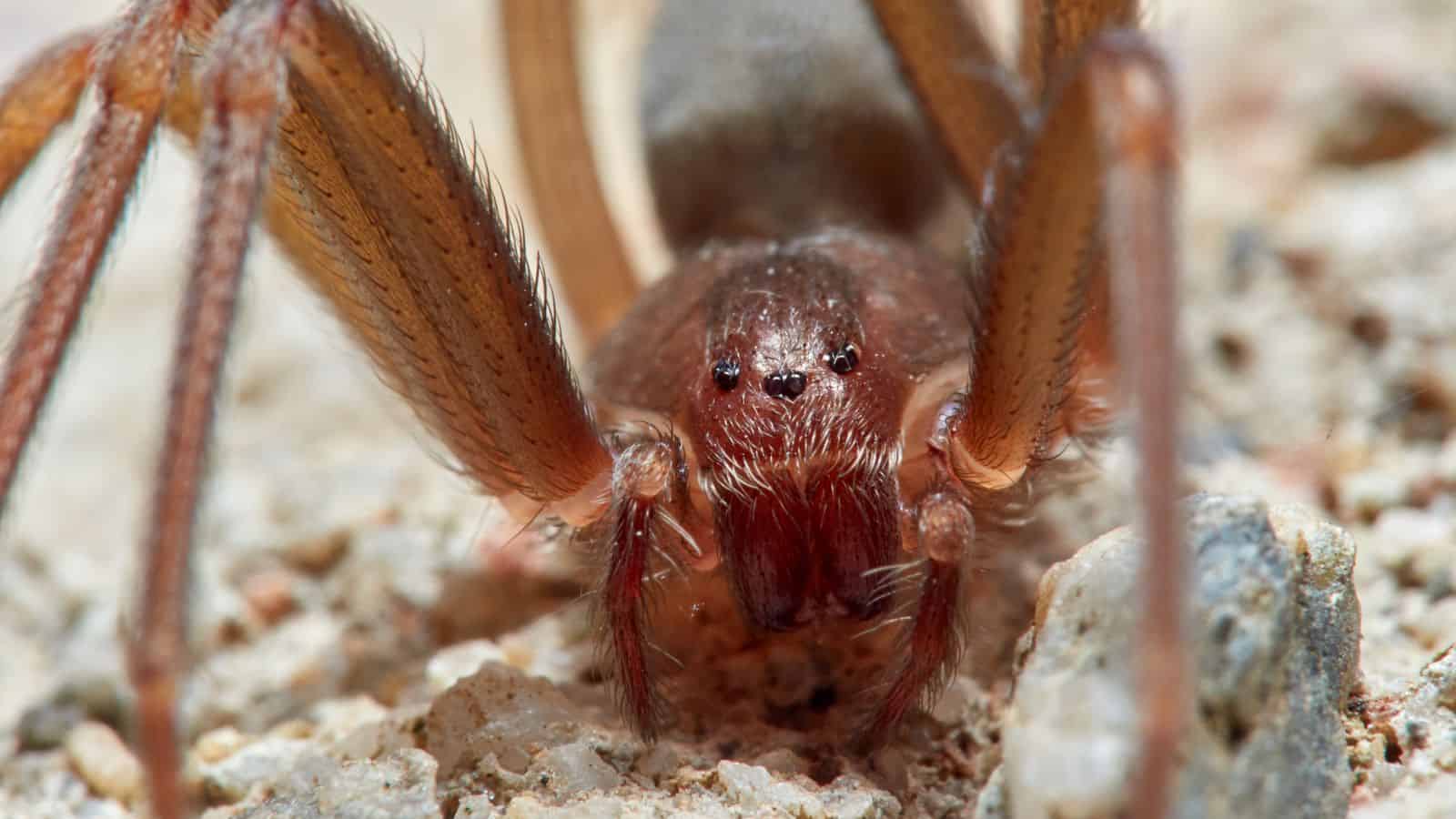
The desert recluse is similar in appearance to the brown recluse we’ve already looked at, but it has more of a uniform brown color. However, the damage it causes is still pretty similar. Bites can cause severe necrosis and systemic symptoms similar to those of its brown cousin.
Black-Footed Yellow Sac Spider

The pale yellow-beige color of the black-footed yellow sac spider, with its dark brown markings, is a sight to behold. But it’s not just the sight of these things that’s scary. Its bites have been known to cause pain and swelling, and there have even been rare cases of necrosis.
American House Spider
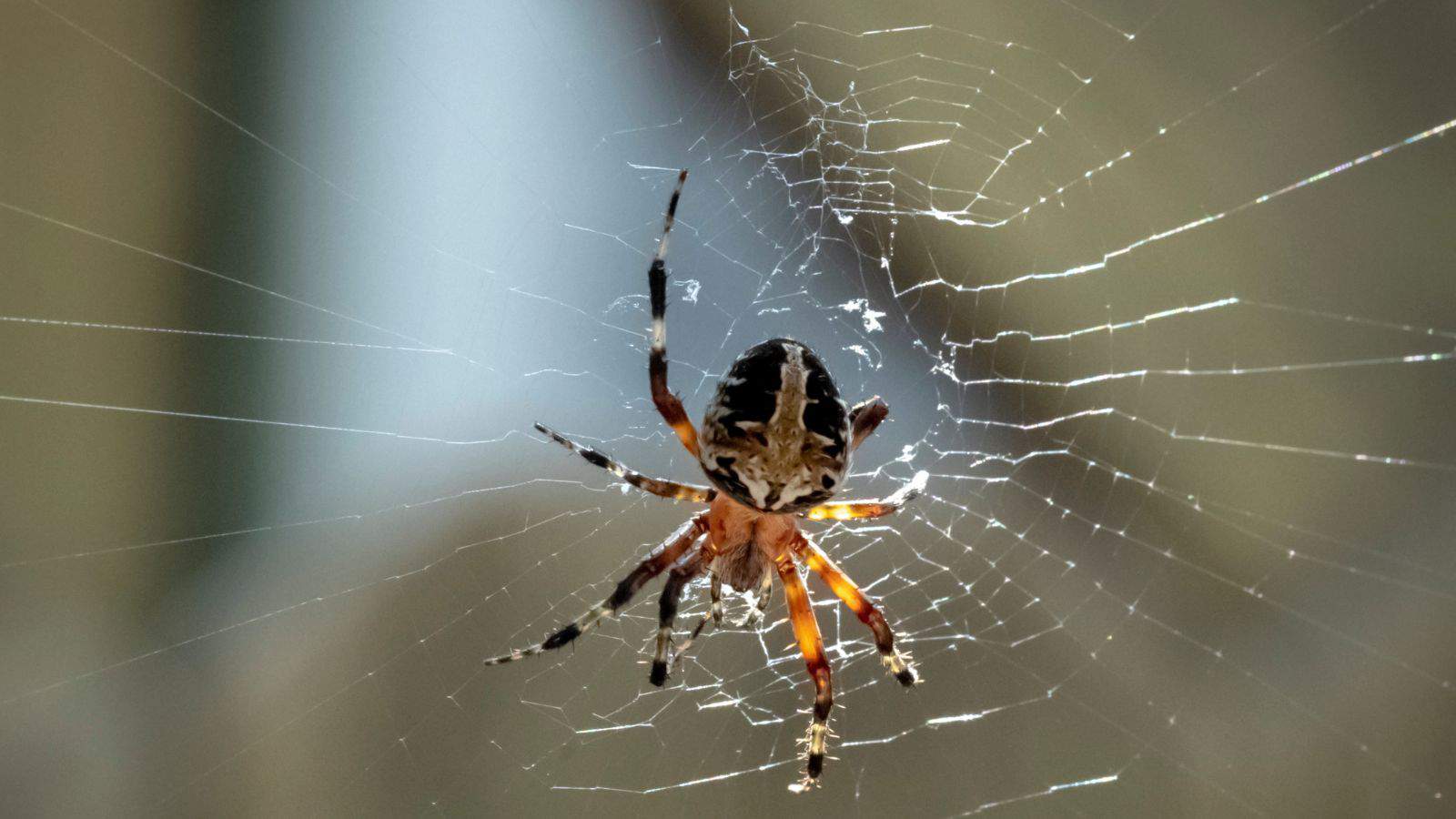
The American house spider is super common and will not typically harm you, but we do not recommend experimenting with it. It can cause irritation to many people, and some may be allergic and end up with other complications.
Tarantula
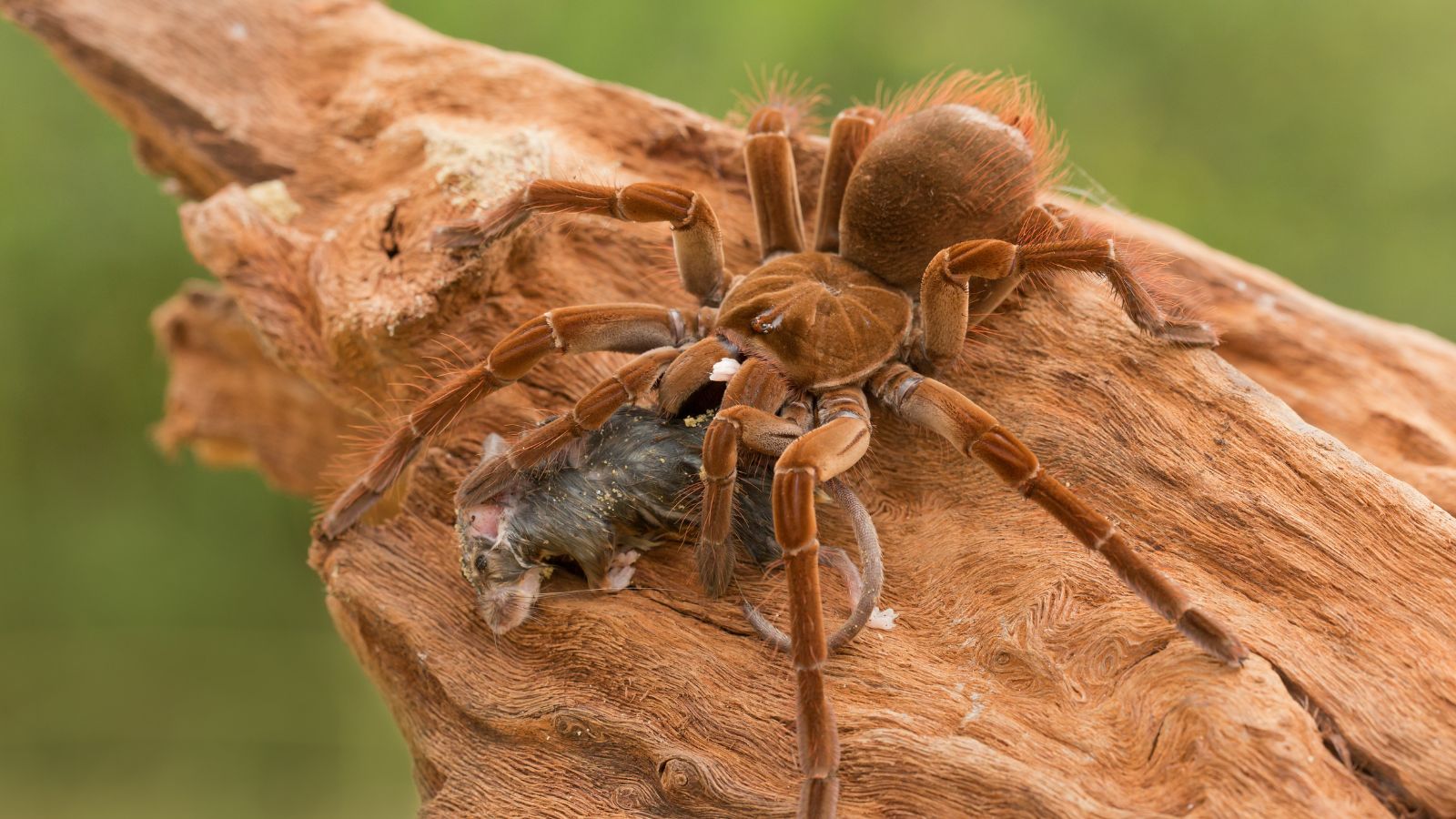
The bite of the tarantula isn’t going to cause any real illness, but the pure size of their fangs means that you’re probably going to want to avoid being bitten anyway. It will certainly hurt to have those bad boys inside of your skin!
Fishing Spider
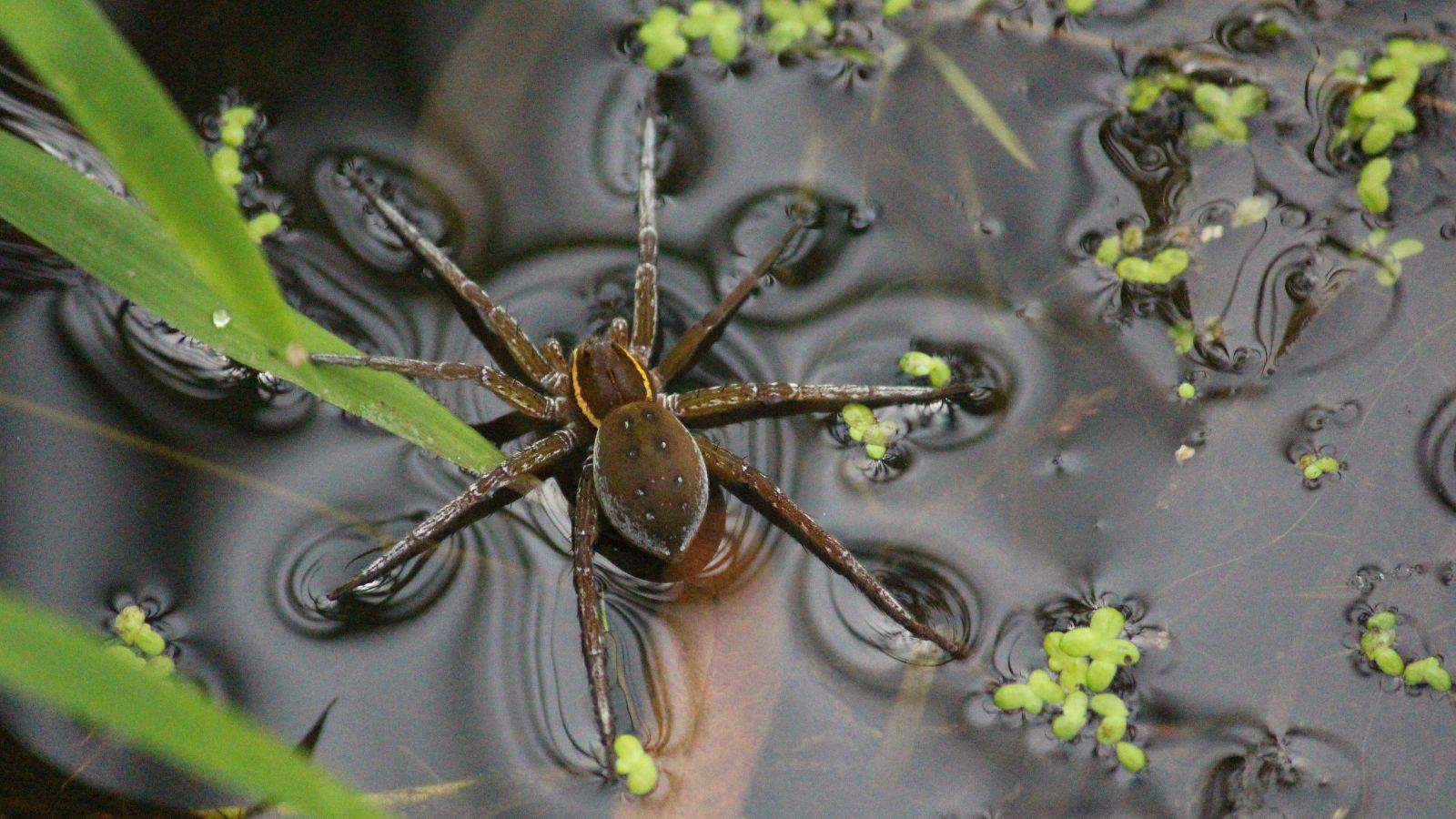
The large legs of the fishing spider are a little creepy, and the fact that they can walk on water gives them an ethereal quality. You don’t want to get bitten by one, as while their bites aren’t super dangerous, they can cause pain and swelling.
Crab Spider
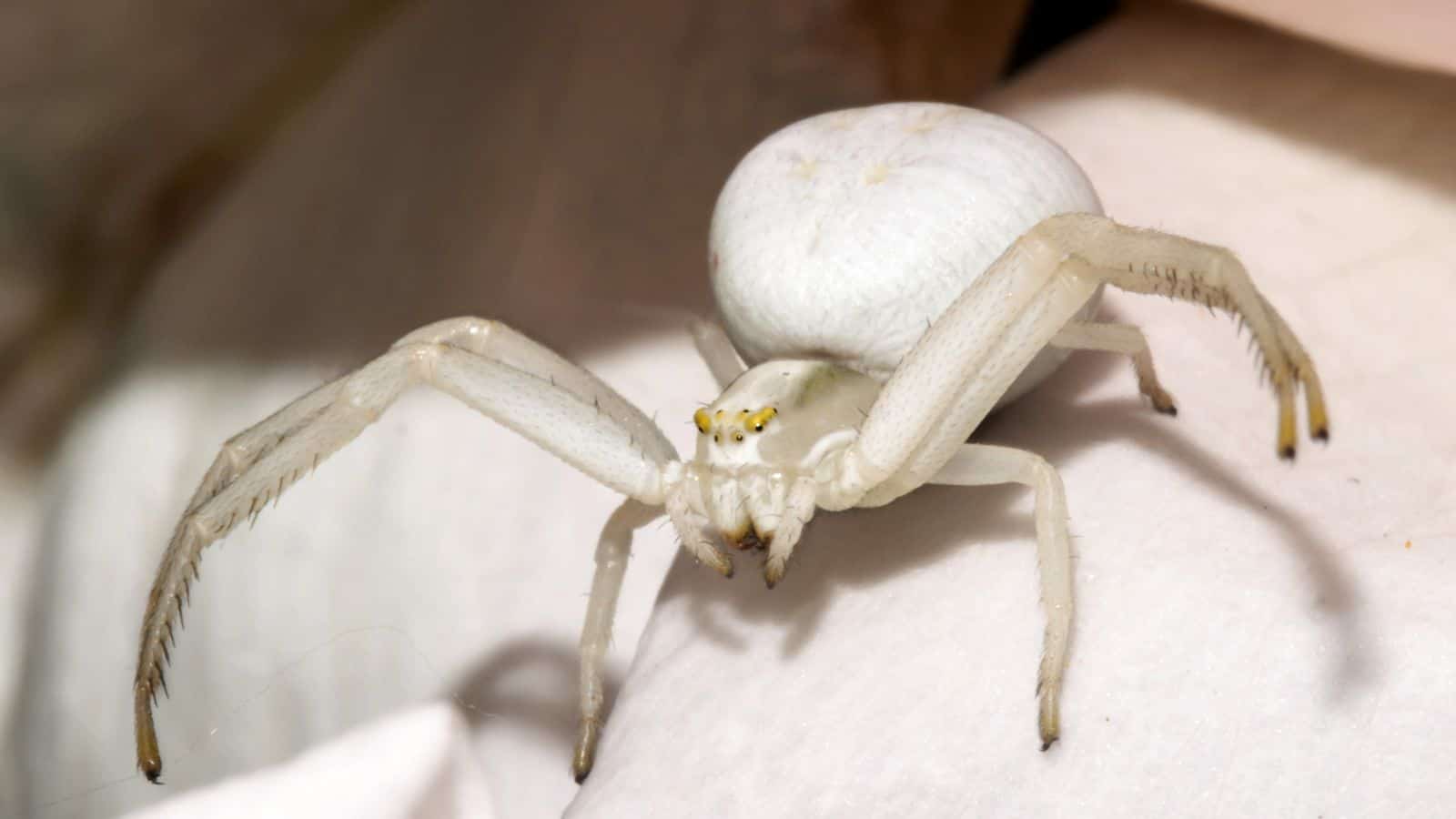
You’ll find plenty of crab spiders in gardens and forests all around the U.S. They’re only small, with long front legs and varied colors, but they make up for their size with their numbers. The good news is that you should only experience minor irritation if you get bitten by one.
Mouse Spider
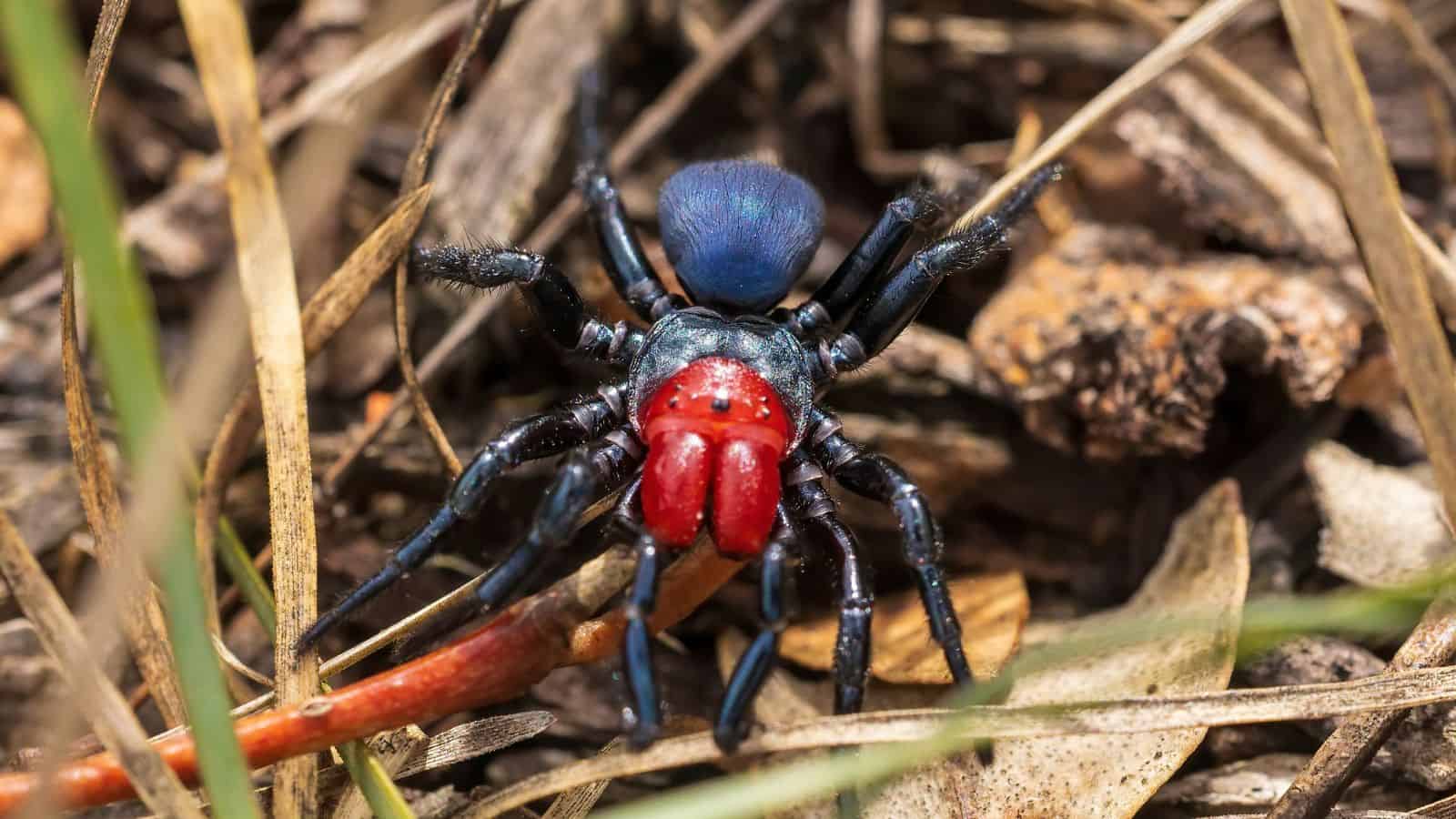
Fortunately, bites from the mouse spider are quite rare. That really is good news, as if you are unlucky enough to be bitten by one, it’s likely you’ll experience quite severe pain and perhaps systemic symptoms. Keep an eye out for them in the U.S. woodlands.
Trapdoor Spider

The menacing-looking trapdoor spider can be found throughout the East and South of the U.S., and a bite from it can be pretty painful. Luckily, however, its bark is worse than its bite, as they say, as a bite from one won’t typically cause long-term problems for people, according to Backyard Buddies.
Garden Orb-Weaver
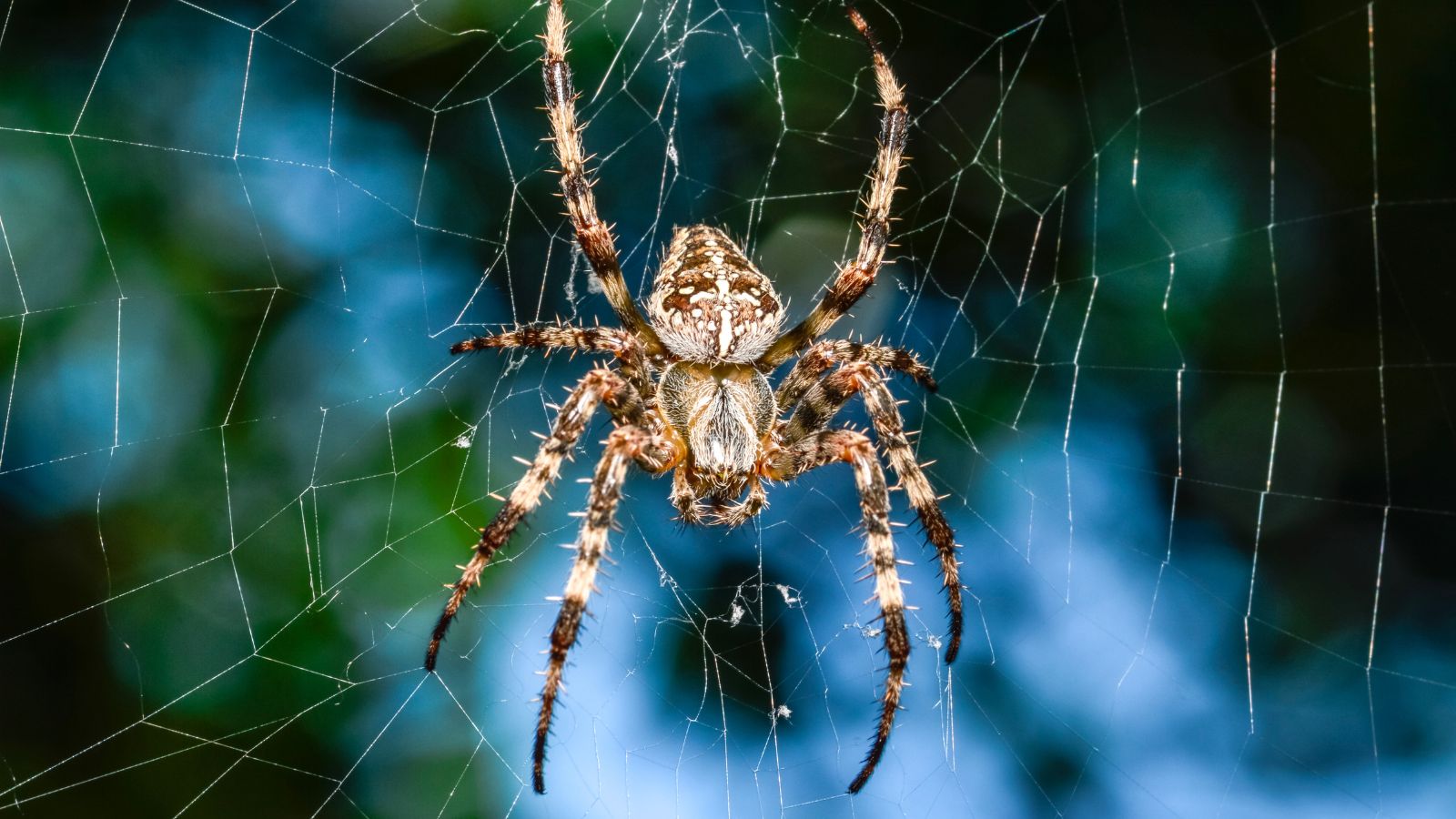
The garden orb-weaver is a beautiful species of spider that often grows to be pretty large and colorful. Their distinctive orb-shaped webs are a sight to behold! Fortunately, their bites are pretty rare, but if you do get one, it’s likely to sting.
Cellar Spider

As the name of this spider suggests, it’s often found in basements and dark corners. Spooky! You’ll be able to identify one based on its long legs, but don’t worry too much about being bitten by one, as this spider won’t do too much damage.
Up Next: 19 Signs That Say You’ve Officially Entered Old Age

Old age comes for us all, though we do our best to resist it for as long as possible. But aging isn’t only gray hair, wrinkled skin, and yelling at kids to get off your lawn. Here are 19 signs you’ve realized you’re no longer the young stud you once were!
19 SIGNS THAT SAY YOU’VE OFFICIALLY ENTERED OLD AGE
17 Things That Are Too Woke For Boomers

Our society is so different from what it was decades ago, and boomers don’t like much of what everyone considers normal in today’s society. In this light, here are 17 things about ‘woke culture’ that particularly make boomers uncomfortable.
17 THINGS THAT ARE TOO WOKE FOR BOOMERS
17 Things You’re Just Too Old To Be Doing Anymore

The older you get, the more fragile you are physically and mentally, so it’s important to prioritize your well-being every day. Whether you still feel young at 50 or are closer to 80, we’ve compiled 17 things you’re too old to be doing anymore.
